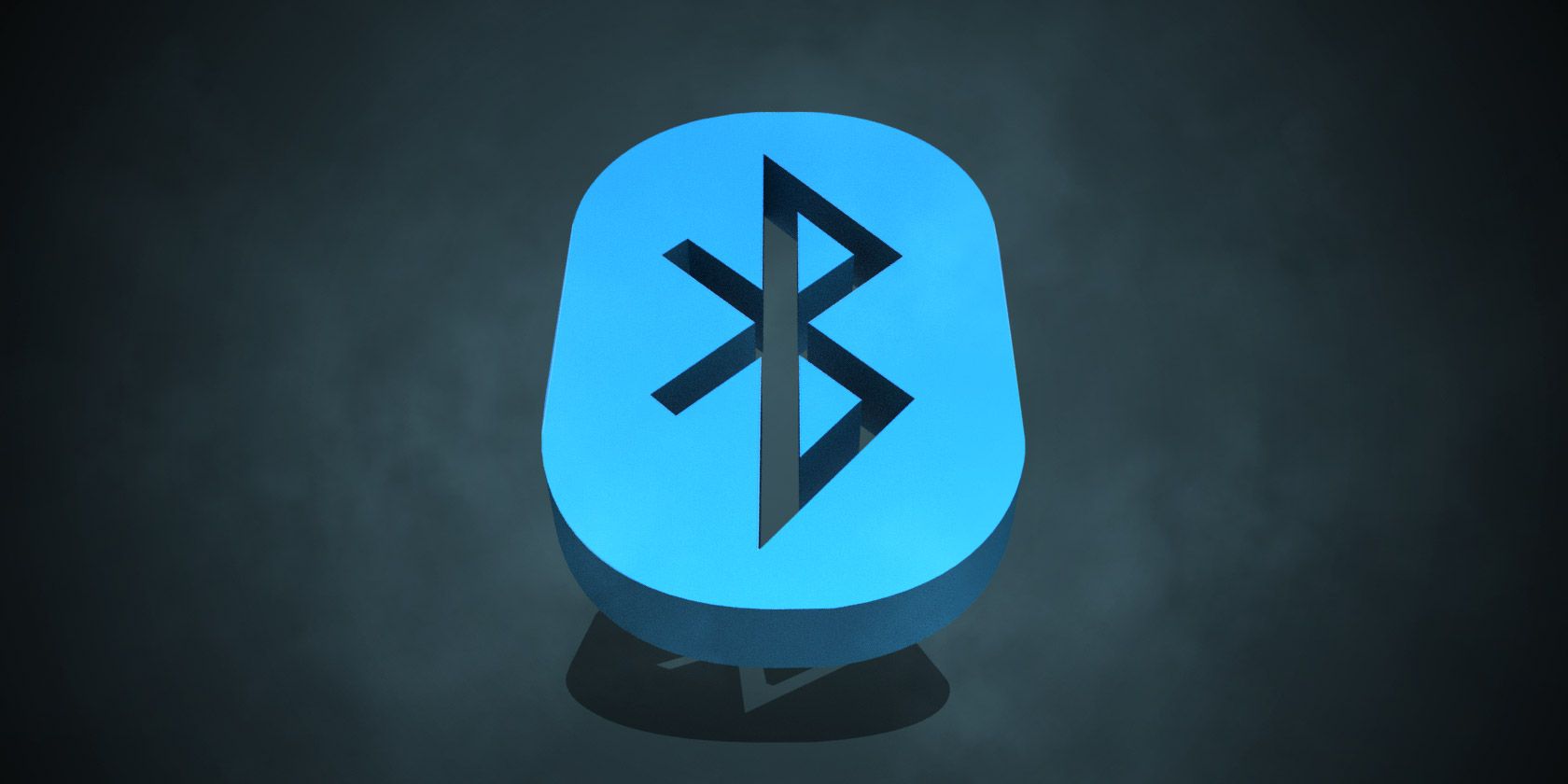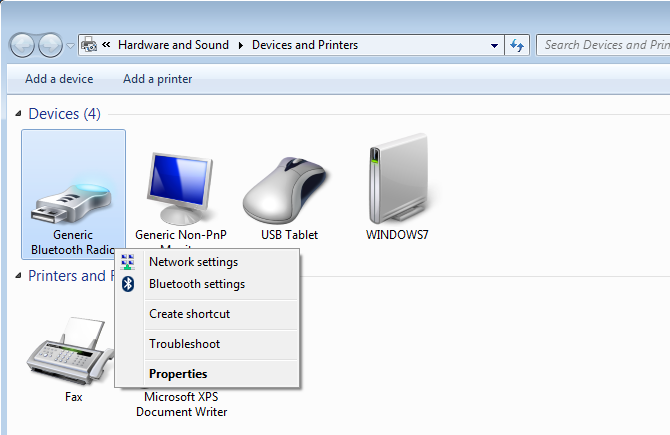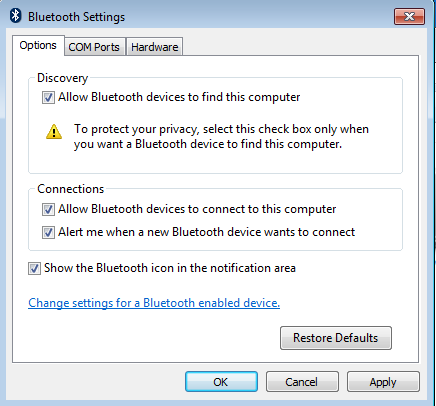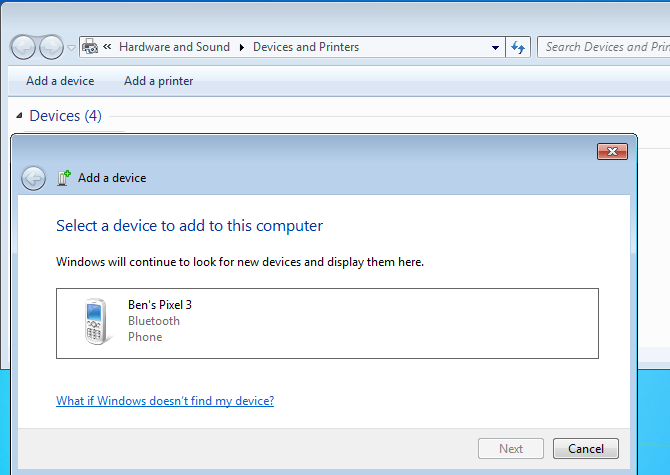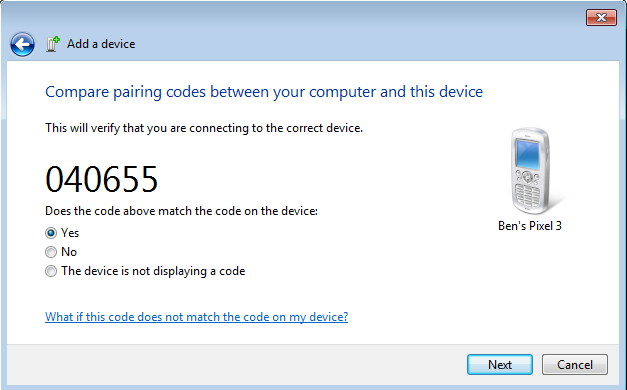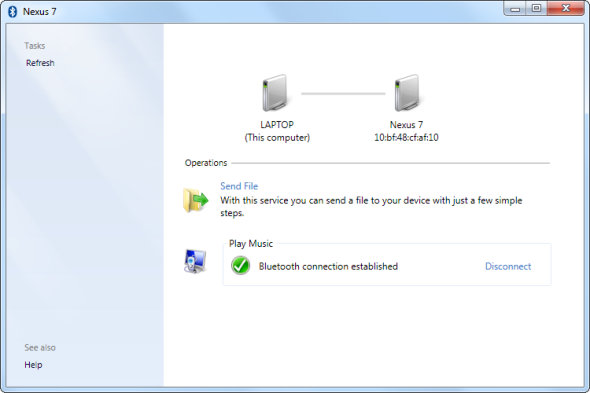Bluetooth is a convenient alternative to wires. With Bluetooth, you can connect supported phones, mice, headsets, printers, keyboards, tablets, and many other devices to your computer, as long as it too supports Bluetooth.
Overall, Bluetooth is pretty simple to use, but it can be a bit confusing to new users. To connect two Bluetooth devices together, one (or both) of the devices must be "discoverable." And this initial Bluetooth connection process is known as "pairing."
Sound confusing? We'll show you everything you need to set up Bluetooth for Windows 7.
Note: It's time to upgrade to Windows 10! Read our article on how to manage Bluetooth on Windows 10 when you upgrade your computer!
Turn on Bluetooth on Your Computer and Device
First, ensure Bluetooth is enabled on your computer. Many laptops come with Bluetooth support, but it may be disabled by default to save battery power. Often, you can find a button on your laptop's keyboard that toggles Bluetooth. You might also have an icon in the System Tray at the bottom-right of the screen or an option in your computer manufacturer's included software.
If your computer doesn't have Bluetooth support (which is the case for many desktops), you can buy a cheap Bluetooth adapter. This is a small USB dongle that provides Bluetooth access on any machine.
Next, ensure Bluetooth is enabled on the device you want to pair with your computer. Bluetooth is enabled by default on Bluetooth mice and headsets, but it may be disabled on smartphones and tablets.
The exact location of this option will depend on your device.
On Android, swipe down from the top of the screen twice to access Quick Settings, then make sure you have Bluetooth enabled. iOS users should open Control Center by swiping up from the bottom of the screen (iPhone 8 or earlier) or swiping down from the top-right corner of the screen (iPhone X or later). Then tap the Bluetooth icon to enable it, if it's not already.
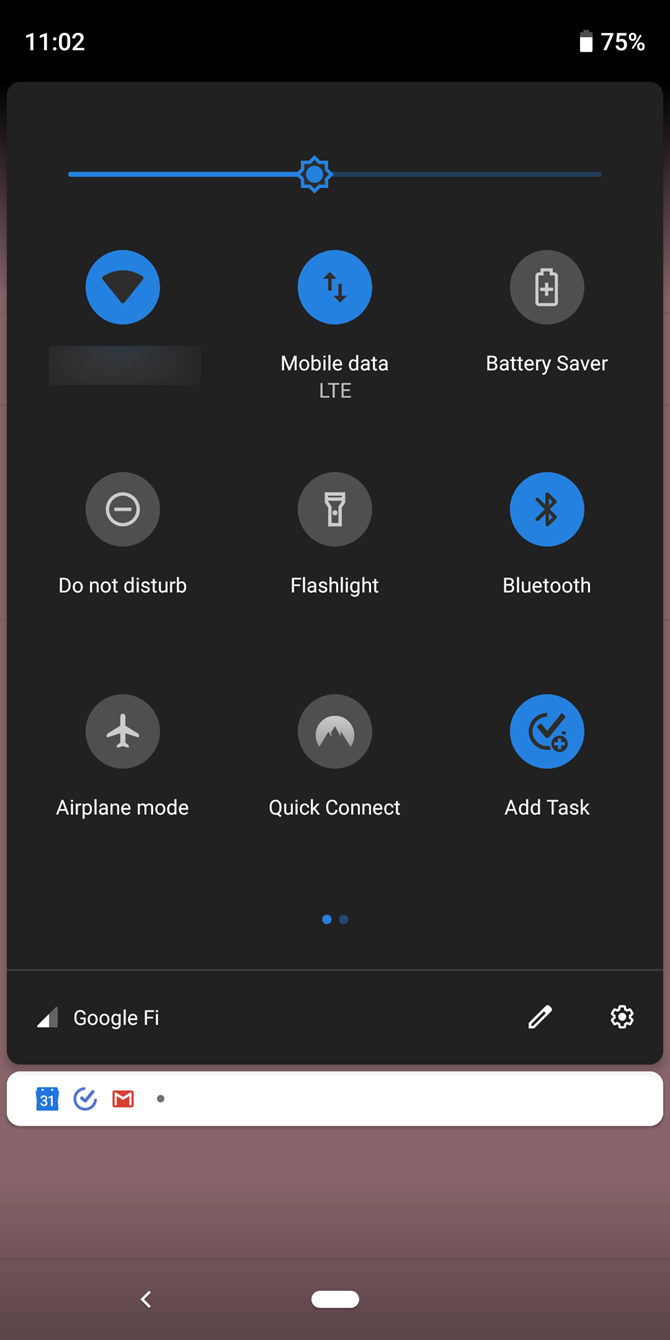
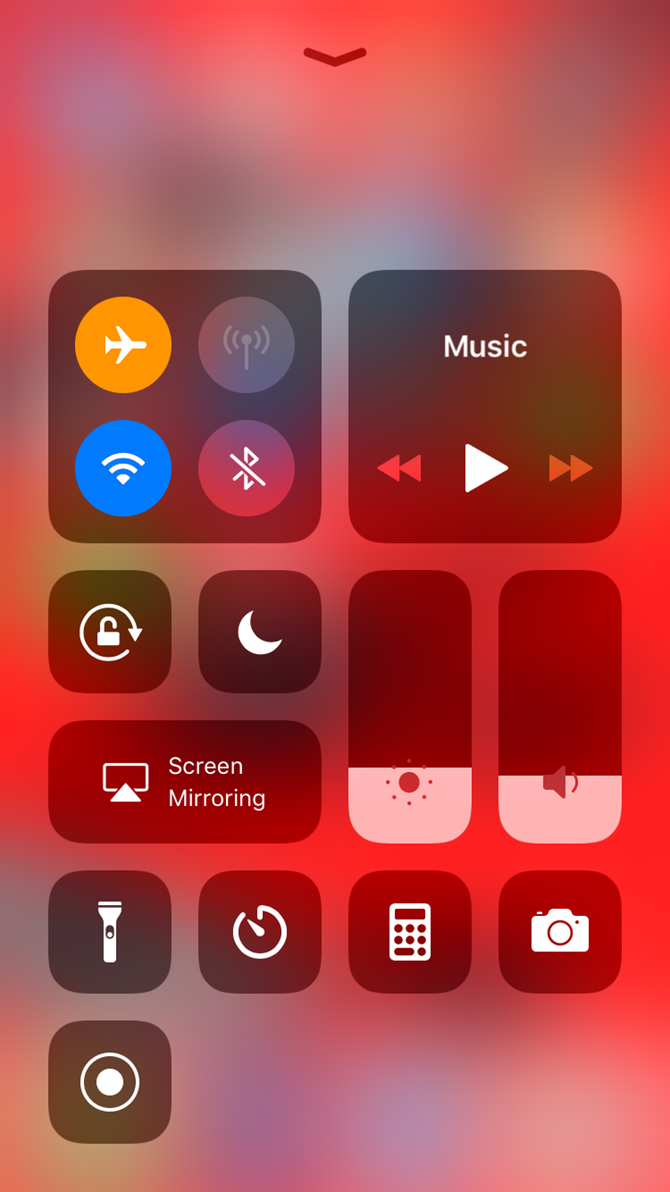
Make the PC and Devices Discoverable
While Bluetooth is now enabled on both your computer and device, they still can't see each other. For a Bluetooth device to see another, it must be discoverable. In discoverable mode, your PC or device sends out signals advertising itself. This is disabled by default for security purposes; it only needs to be enabled when you're pairing devices.
You only need to make one of the devices discoverable. Doing this for either your PC or the device you want to connect will work, but it doesn't hurt to do it for both.
To make your Windows 7 PC discoverable, click the Start button and select Devices and Printers on the right side of the Start menu. Then right-click your computer name (or Bluetooth adapter name) in the list of devices and select Bluetooth settings.
If you need to do this on newer Windows versions too, we have a guide on how to connect your phone using Bluetooth on Windows 10.
Click the Allow Bluetooth devices to find this computer checkbox in the Bluetooth Settings window, and then click OK. Your computer will now be discoverable to other devices.
To make your phone discoverable, go into its Bluetooth options. If you use Android, you'll find this at Settings > Connected devices. On iOS, head to Settings > Bluetooth. Both will display a message like Now discoverable as [Name] when the device is ready to pair.
If you're pairing a device like a Bluetooth mouse or headphones, follow the instructions in the manual to put the device into pairing mode. Typically, you'll need to hold the power button for several seconds or something similar.
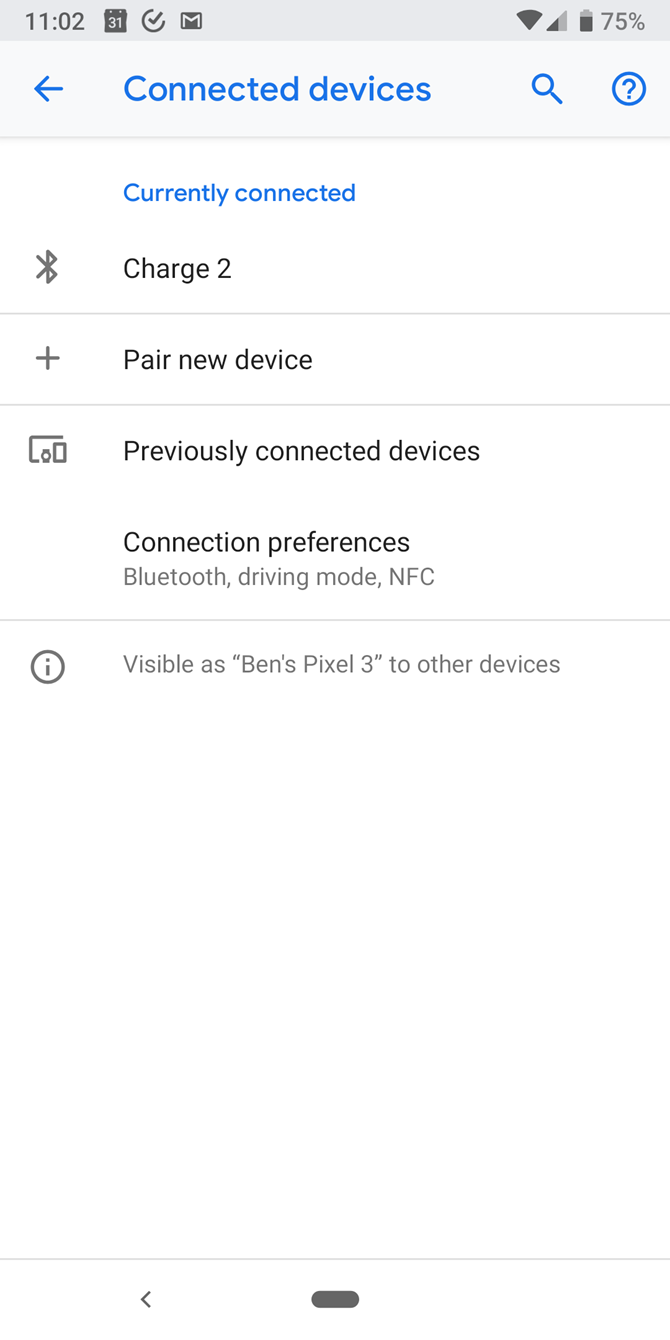
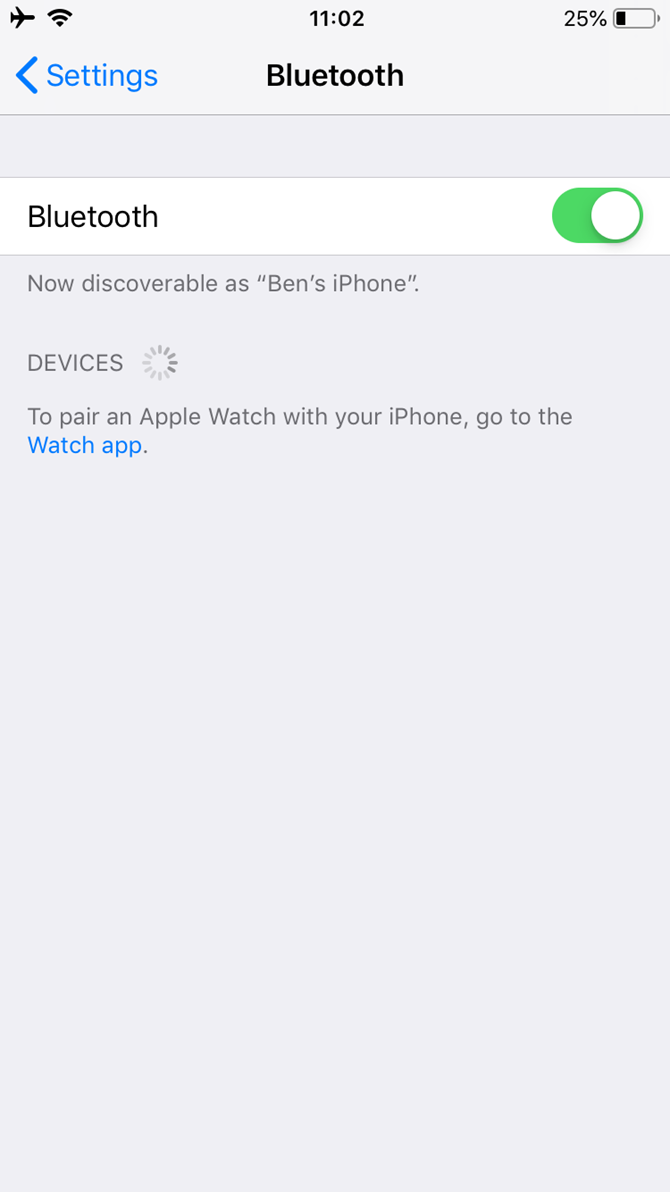
Pair the Device
You can now pair the device with your computer. If you've made your PC discoverable, you can select your PC from the list of available devices that shows on your phone or tablet to initiate the pairing process.
Alternatively, you can pair a device from your PC, as long as that device is discoverable. First, click the Add a device button in the Devices and Printers panel of Windows 7. (If you want to pair a Bluetooth printer, click Add a printer instead.)
Windows will look for discoverable Bluetooth devices and present them in the list. Select one and click Next to add it.
If you don't see your Bluetooth device here, ensure that it's discoverable and has Bluetooth enabled. As we mentioned above, this may require a certain button input on Bluetooth accessories like keyboards.
For many devices, you'll see a passcode. Ensure the key on your PC and the device are the same. This helps you ensure you're connecting the device to the correct machine, and not another nearby computer.
You'll have to agree to the pairing request to initiate the connection. When pairing a phone, you'll need to confirm the code on both your phone and your computer. A window will pop up asking you to confirm the connection. This helps prevent other people from pairing with your device when it's in discoverable mode.
Once you confirm, Windows may install drivers as needed. Then you're all set to start using it.
You can double-click the device in the Devices and Printers window to access more features, such as the ability to send files and play music. The exact features available will depend on your device.
Discover, Pair, and Go
Now that your device and computer are paired, they'll continue working together. You won't have to go through the pairing process each time you want to use the device, and they'll connect automatically when they're in range and turned on.
When you're not actually pairing devices, for your security, you should make sure that both the device and your PC aren't discoverable. You may also want to disable Bluetooth when you're not using it, which can help save battery power on both your computer and your device.
For more on this topic, check out our FAQ guide to Bluetooth.

